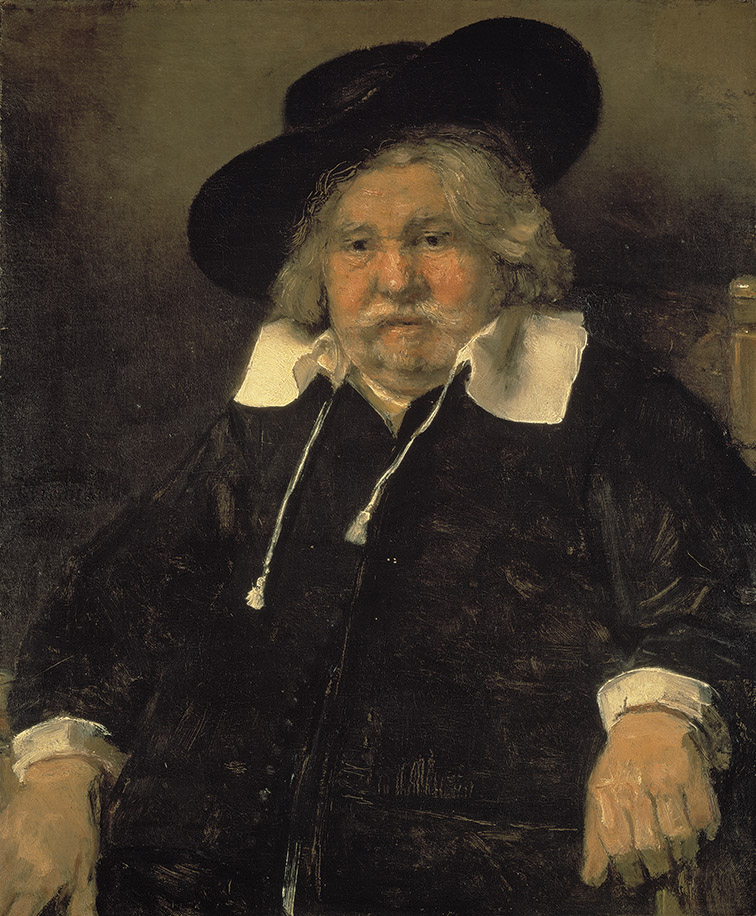“Dutch Portraits: The Age of Rembrandt and Frans Hals” is the rather dry title of an engrossing new exhibition at the National Gallery. The true subject of the show is the articulation, in art, of a distinctively Dutch sense of national and personal identity. The painters of seventeenth-century
Ruskin famously complained about the wearying, prosaic materialism of Dutch art. He was not entirely wrong. The relentless display of wealth, status, probity and civic virtue in many of these pictures – of burghers and their wives, merchants and tradesmen, guildsmen and militiamen and other pillars of the Dutch community – can occasionally become oppressive. But in the hands of the greatest painters, Rembrandt and Hals in particular, the Dutch portrait transcends the patient delineation of bourgeois complacency and becomes something quite other – a form of existential meditation, perpetuated in art.
In the post-Renaissance world, the contribution made by these painters to the development of a distinctively introverted, mutable, complex sense of selfhood is comparable to that of Shakespeare in England, or Montaigne in France – Montaigne, who once declared that “There is no constant existence, neither of our own being, nor of objects … every human nature is always in the middle between born and dying, revealing nothing of itself but an obscure appearance and shadow … and if perhaps you try to fix your thought to catch its essence, it would be like going to grasp water.”
It is precisely this sense of morbid, hesitant, uncertain being that Rembrandt captures with...


